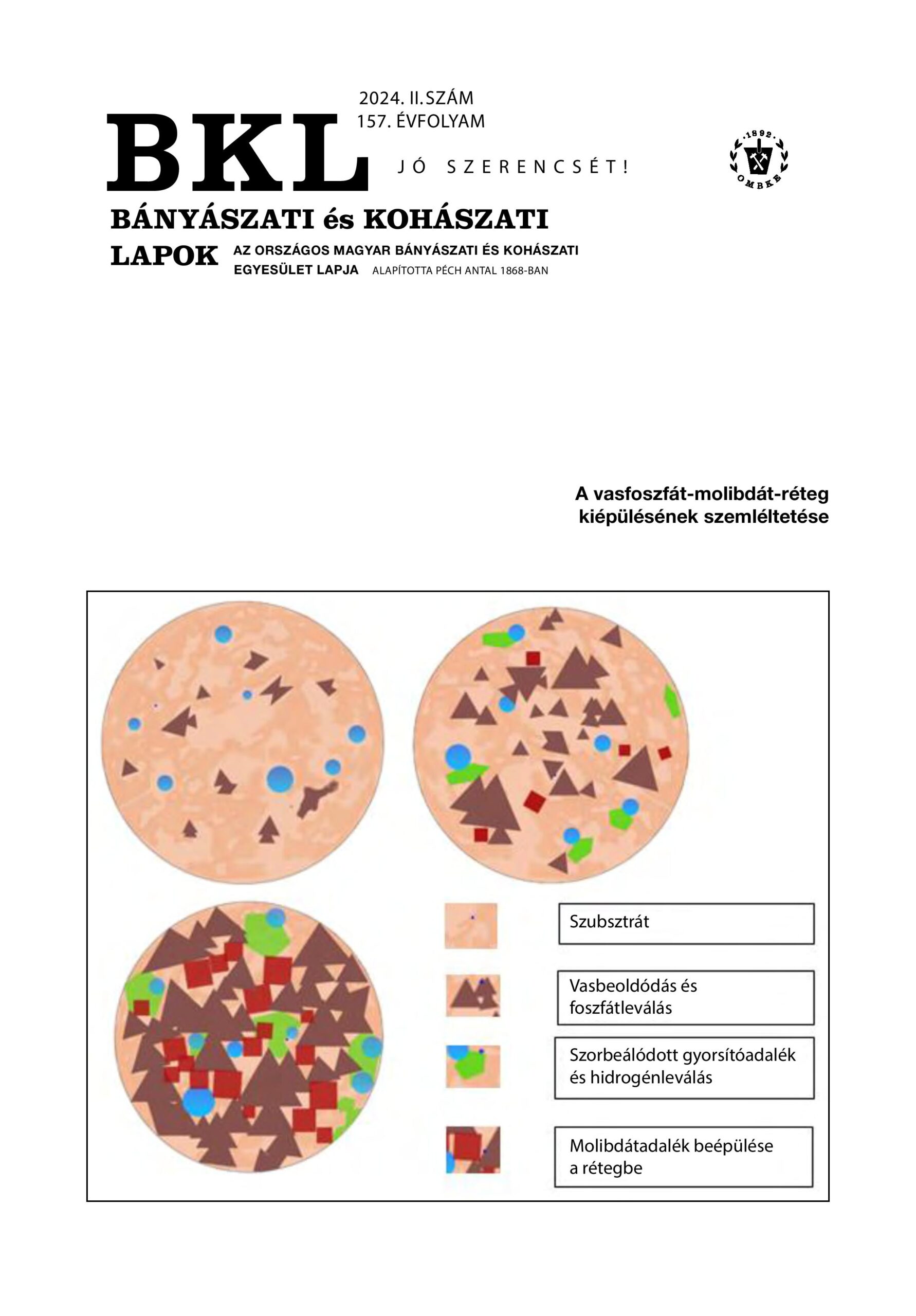Thoughts on Evans’ model of rock fission
Abstract
A semi-empirical method of splitting rocks with a wedge is the theoretical approach of Evans (1965). In this article, the author defi ned the force required for rock splitting on the arbitrarily introduced assumption that the fracture occurs along a perfect circular arc. The circular arc starts tangentially at the cutting edge and ends at the end of the fault line. With this relation, Evans determined the force required to split the chip and defi ned the shape of the chip. In the work published below, I present a purely theoretical calculation in which the inclusion of the shape of the refractive curve can be eliminated. The results diff er only about 10% in specifi c cutting force up to 40 degrees of the entire cutting angle. The optimal chip scale (length/thickness), calculated by introducing the minimum specifi c cutting force condition, is complete and perfectly consistent between the two theoretical approaches, the values coincide. The purely theoretical model derived in this way was compared with the cleavage theory developed by dr. János Bocsánczy, which describes the separation of carbon chips layers by bending. The similarity in form of the formulas is striking, but the bending theory gives longer optimal chips. A possible direction for the further development of the theory, considering the process of crack moving, modelling the non-isotropic properties of the rock, is to construct a mathematical calculation that better describes the phenomenon.
References
Evans I., Pomeroy C. D. (1966): The Strength, Fracture and Workability of Coal. Pergamon Press.
Dr. Bocsánczy János (1964): A széngyalulás folyamata és a gyalukés kialakításának irányelvei. Kandidátusi disszertáció.



